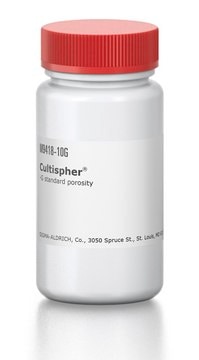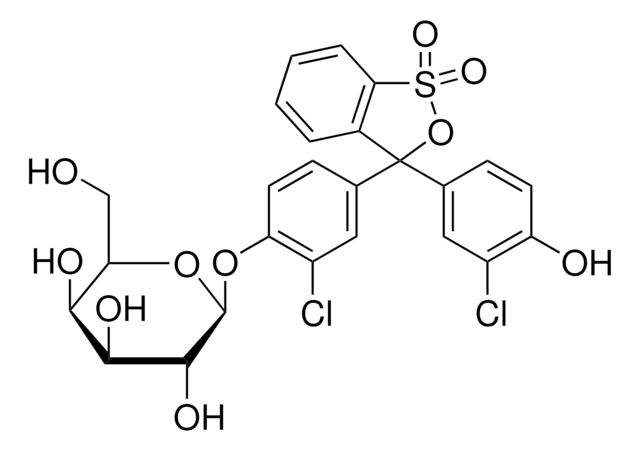P203
Phenamil methanesulfonate salt
solid
Synonym(s):
3,5-Diamino-6-chloro-N-[imino(phenylamino)methyl]pyrazinecarboxamide methanesulfonate salt
About This Item
Recommended Products
form
solid
Quality Level
color
yellow
solubility
45% (w/v) aq 2-hydroxypropyl-β-cyclodextrin: 2.5 mg/mL
DMSO: ≥5 mg/mL (with warming)
0.1 M HCl: insoluble
H2O: insoluble
storage temp.
2-8°C
SMILES string
CS(O)(=O)=O.Nc1nc(N)c(nc1Cl)C(=O)NC(=N)Nc2ccccc2
InChI
1S/C12H12ClN7O.CH4O3S/c13-8-10(15)19-9(14)7(18-8)11(21)20-12(16)17-6-4-2-1-3-5-6;1-5(2,3)4/h1-5H,(H4,14,15,19)(H3,16,17,20,21);1H3,(H,2,3,4)
InChI key
MHPIZTURFVSLTJ-UHFFFAOYSA-N
Gene Information
human ... SCNN1A(6337) , SCNN1B(6338) , SCNN1D(6339) , SCNN1G(6340)
mouse ... Scnn1a(20276) , Scnn1b(20277) , Scnn1d(140501) , Scnn1g(20278)
rat ... Scnn1a(25122) , Scnn1b(24767) , Scnn1g(24768)
Related Categories
General description
Application
- to stimulate adipocyte differentiation in 3T3 cells
- to test its effect on lateral flagella expression in Vibrio shilonii
- in nanoparticle preparation to test its effect on osteo/odontoblastic differentiation
Biochem/physiol Actions
Storage Class Code
11 - Combustible Solids
WGK
WGK 3
Flash Point(F)
Not applicable
Flash Point(C)
Not applicable
Personal Protective Equipment
Regulatory Listings
Regulatory Listings are mainly provided for chemical products. Only limited information can be provided here for non-chemical products. No entry means none of the components are listed. It is the user’s obligation to ensure the safe and legal use of the product.
JAN Code
P203-BULK:
P203-5MG:
P203-IP:
P203-100MG:
P203-25MG:
P203-VAR:
Certificates of Analysis (COA)
Search for Certificates of Analysis (COA) by entering the products Lot/Batch Number. Lot and Batch Numbers can be found on a product’s label following the words ‘Lot’ or ‘Batch’.
Already Own This Product?
Find documentation for the products that you have recently purchased in the Document Library.
Our team of scientists has experience in all areas of research including Life Science, Material Science, Chemical Synthesis, Chromatography, Analytical and many others.
Contact Technical Service








